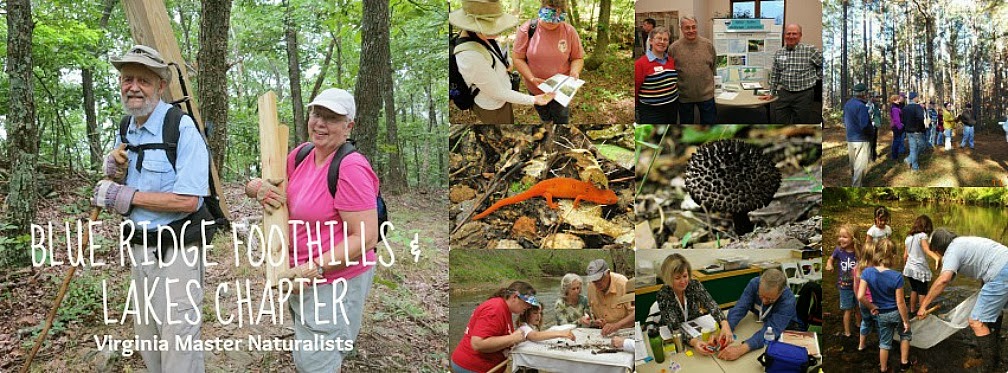Turn Your Yard Into a Haven for Wildlife!
By providing food, water, cover and places for wildlife to raise their young, your garden can join the nearly 140,000 Certified Wildlife Habitat™ sites across the country.
Whether you have an apartment balcony or a 20-acre farm, you can create a garden that attracts beautiful wildlife and helps restore habitat in commercial and residential areas. By providing food, water, cover and a place for wildlife to raise their young--and by incorporating sustainable gardening practices--you not only help wildlife, but you also qualify to become an official Certified Wildlife Habitat™.How to Create a Wildlife-Friendly Garden
Provide Food for Wildlife
Everyone needs to eat! Planting native forbs, shrubs and trees is the easiest way to provide the foliage, nectar, pollen, berries, seeds and nuts that many species of wildlife require to survive and thrive. You can also incorporate supplemental feeders and food sources.
Supply Water for Wildlife
Wildlife need clean water sources for many purposes, including drinking, bathing and reproduction. Water sources may include natural features such as ponds, lakes, rivers, springs, oceans and wetlands; or human-made features such as bird baths, puddling areas for butterflies, installed ponds or rain gardens.
Create Cover for Wildlife
Wildlife require places to hide in order to feel safe from people, predators and inclement weather. Use things like native vegetation, shrubs, thickets and brush piles or even dead trees.
Give Wildlife a Place to Raise Their Young
Wildlife need a sheltered place to raise their offspring. Many places for cover can double as locations where wildlife can raise young, from wildflower meadows and bushes where many butterflies and moths lay their eggs, or caves where bats roost and form colonies.
Let Your Garden Go Green
How you maintain your garden or landscape can have an important effect on the health of the soil, air, water and habitat for native wildlife--as well as the human community nearby. Reducing chemical use, composting, mulching and reducing turf grass in your yard are important steps to gardening greener.
Ready...Set...Certify!
Once you have provided these essential elements to make a healthy and sustainable wildlife habitat, join the thousands of wildlife enthusiasts across the country who have earned the distinction of being part of NWF's Certified Wildlife Habitat™ program.
From NWF.org here learn more about this campaign to certify 150,000 Wildlife Habitats here.
Shellie (VMN) who along with her husband Tony own The Claiborne House Bed and Breakfast in Rocky Mount VA are a certified Wildlife Habitat. The Claiborne House has old growth trees, mature hickories, maples, in ground water gardens, shrubs, bird boxes, flowering and fruiting tree, etc.
BRFAL Chapter of Virginia Master Naturalist wants you to get outside, explore and learn something new today. Get involved in something cool, learn more about the Virginia Master Naturalist program here!

No comments:
Post a Comment
Thanks for your comment and interest! NOW GO OUTSIDE!